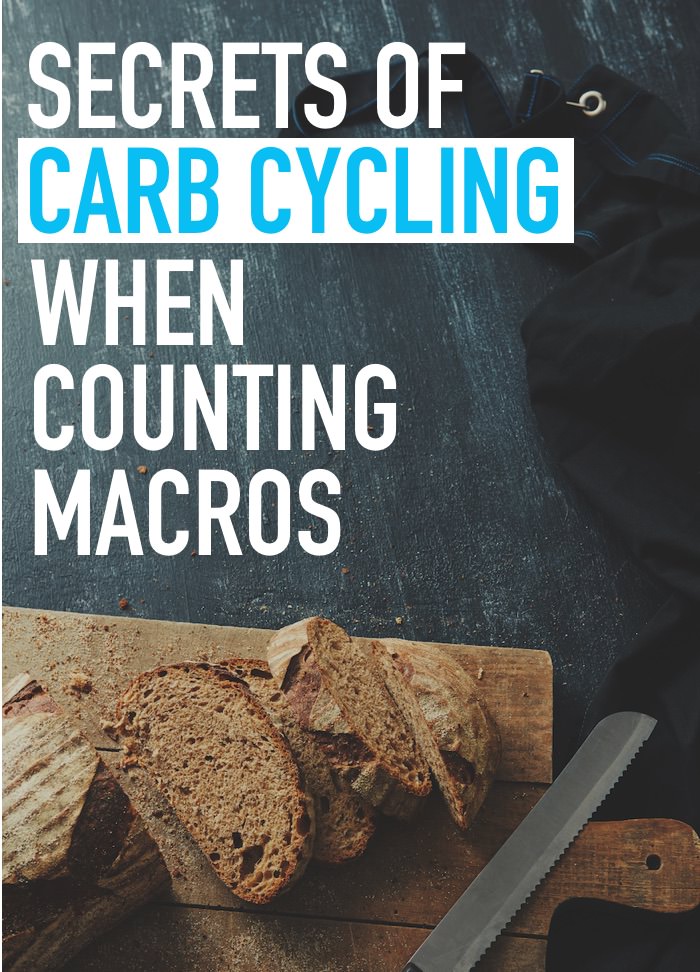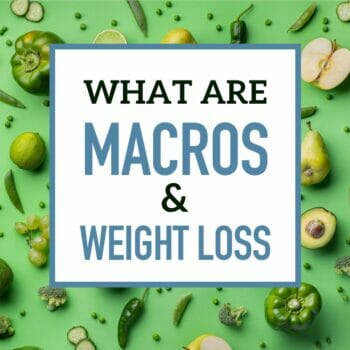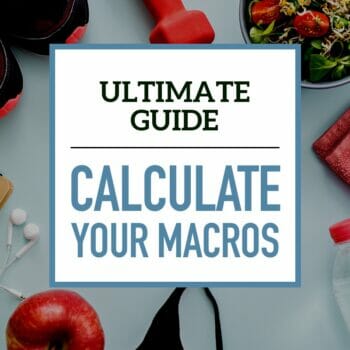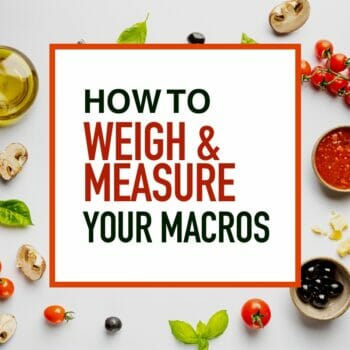Carb Cycling While Flexible Dieting

I’m often asked about carb cycling while doing flexible dieting or counting macros.
I’m not a believer in the strictest form of the concept. I feel it is another rigid dieting regimen. Flexible dieting seeks to break people free from such restrictions.
I believe IIFYM actually achieves the same goal of carb cycling but does it naturally and intuitively.
What is Carb Cycling?
According to Heidi Powell, “Carb cycling is an eating plan with alternating high-carb and low-carb days“.
Some advise rigid high and low carb days, while others say your high carb days should be your workout days.
The Great Carb Myth
I will refute the dieting myth that carbs are “bad” and are the reason people get fat.
Regularly eating more energy than your body requires is what makes someone fat, not carbs alone. Extra energy can come from all three macros and alcohol, so carbs can’t be solely to blame.
There’s also no scientific evidence that a low carb diet produces any better weight loss long-term than any other form of dieting. The only thing all diets can agree on is the necessity of a calorie deficit.
Your body actually runs on the carb macro in the form of glucose and glucose is its preferred and primary fuel source.
However, there are valid arguments for not eating the same amount of carbs every day. Our bodies are highly adaptable and strict, fixed macro and calorie diets are never a good idea. They tend to work at first, but once the body adapts they tend to lead to weight loss plateaus.
We always want to keep our bodies “guessing” when it comes to eating and exercising. Carb cycling, in theory, is trying to accomplish this, but there is an easier way!

Counting Macros: the Intuitive Way to Carb Cycle
Counting Macros teaches you to intuitively cycle your carbs.
This is based on your body’s need for carbs and not just on some fixed schedule. There’s no need to even use the word carb cycling because with flexible dieting it’s already built into the equation.
Here’s how…
The Macro Counting formula uses your activity level as a key factor in determining how many carbs to eat on a given day as part of your personal TDEE.
- On a rest day, a flexible dieter would eat FEWER carbs because the body needs less energy to operate.
- On an exercise day, a flexible dieter would eat MORE carbs because the body needs more energy to fuel the given exercise and your metabolism.
Let’s say a 30-year-old, 170 pound, and 63-inch tall woman is using IIFYM to lose weight. She has rest days, moderately active days, and very active days. According to our macro calculator, here’s how her carb amounts would break down.
- Rest days: 123 grams
- Moderate exercise days: 200 grams
- Very active days: 238 grams
The more she exercises, the more energy her body requires, thus, the more carbs she should consume.
These carbs are still consumed within an overall macro ratio that produces a 20% calorie deficit.
That’s what’s so great about Counting Macros (sometimes called Flexible Dieting). You aren’t eating the same amount of carbs day in and day out like traditional diets that adhere to a fixed calorie amount like 1200 or 1500.
Carb cycling aims to fuel your body during workouts and to keep your body guessing. This prevents the body from adapting to the same amount of carbs eaten day in and day out.
If you are Counting Macros correctly, then you are already carb cycling! There’s no need to further adjust carb intake since it’s already being done within your calculations.
Accelerate Your Diet and Fitness Goals with My Macro Solution System
Step-by-step self-guided program -or- fully customized personal macros coaching. Feel exhilarated as you conquer your goals!
MACRO COUNTING
- 130 page step-by-step guide.
- Achieve fat loss without starvation.
- Individually tailored to your body composition.
- References:
- Foster, G. D., Wyatt, H. R., Hill, J. O., McGuckin, B. G., Brill, C., Mohammed, B. S., … & Klein, S. (2003). A randomized trial of a low-carbohydrate diet for obesity. New England Journal of Medicine, 348(21), 2082-2090. Study link
- Trexler, E. T., Smith-Ryan, A. E., & Norton, L. E. (2014). Metabolic adaptation to weight loss: implications for the athlete. Journal of the International Society of Sports Nutrition, 11(1), 1. Study link

 What Are Macros For Weight Loss?
What Are Macros For Weight Loss? How to Calculate Your Macros for Body Transformation
How to Calculate Your Macros for Body Transformation Drinking Alcohol and Counting Macros
Drinking Alcohol and Counting Macros Help, I’m Hungry on a Macros Diet
Help, I’m Hungry on a Macros Diet How To Track Macros In the Foods You Eat Painlessly
How To Track Macros In the Foods You Eat Painlessly